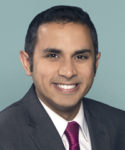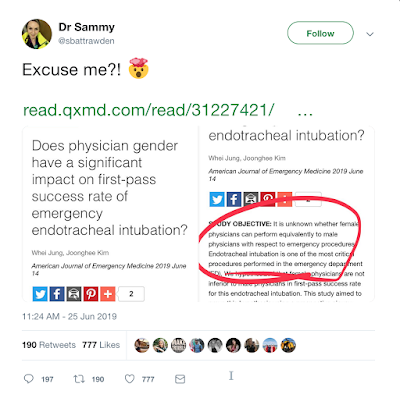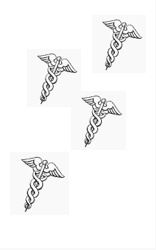By AMEYA KULKARNI, MD
When Samuel Morse left his New Haven home to paint a portrait of the
Maquis du Lafayette in Washington DC, it was the last time he would see his
pregnant wife. Shortly after his arrival in Washington, his wife developed
complications during childbirth. A messenger took several days on horseback to
relay the message to Mr Morse. Because the trip back to New Haven took several
more, his wife had died by the time he arrived at their home. So moved was he by the tragedy of lost time
that he dedicated the majority of the rest of his life to make sure that this
would never happen to anyone again. His subsequent work on the telegraph and in
particular the mechanism of communication for the telegraph resulted in Morse
code – the first instantaneous messaging system in the world.
Mr Morse’s pain is not foreign to us in the 21st century. We feel the loss of new mothers so deeply that, when earlier this year new statistics on the rate of maternal death were released and suggested that American women died at three times the rate of other developed countries during child birth, doctors, patient advocates, and even Congress seemed willing to move heaven and earth to fix the problem. As someone who cares for expectant mothers at high risk for cardiovascular complications, I too was moved. But beyond the certainty of the headlines lay the nuance of the data, which seemed to tell a murkier story.
First at issue was the presentation of the data. Certainly, as a rate
per live births, it would seem that the United States lagged behind other OECD
countries – our maternal mortality rate was between 17.2 and 26.4 deaths per
100,000 live births, compared to 6.6 in the UK or 3.7 in Spain. But this
translated to approximately 700 maternal deaths per year across the United
States (among approximately 2.7 million annual births). While we would all agree
that one avoidable maternal death is one too many, the low incidence means that
small rates of error could have weighty implications on the reported results.
For instance, an error rate of 0.01% would put the United States in line with
other developed countries.
Surely, the error rate could not account for half the reported
deaths, right? Unfortunately, it is difficult to estimate how close to reality
the CDC reported data is, primarily because the main source data for maternal
mortality is a single question asked on the application for death certificates.
The question asks whether the deceased was pregnant at the time of death,
within 42 days of death, or in the 43 to 365 days prior to death. While
pregnancy at the time of death may be easy to assess, the latter two categories
are subject to significantly more error.
Continue reading…











 It is February of 2005, and my grandpa is lying in an Intensive Care Unit bed at Beth Israel Deaconess Medical Center in Boston, critically ill from a renal artery rupture that planted him face-first in his parlor. As a functioning alcoholic who has already been in the hospital for a day, he is beginning to shake periodically, a sign of his withdrawals.
It is February of 2005, and my grandpa is lying in an Intensive Care Unit bed at Beth Israel Deaconess Medical Center in Boston, critically ill from a renal artery rupture that planted him face-first in his parlor. As a functioning alcoholic who has already been in the hospital for a day, he is beginning to shake periodically, a sign of his withdrawals.







